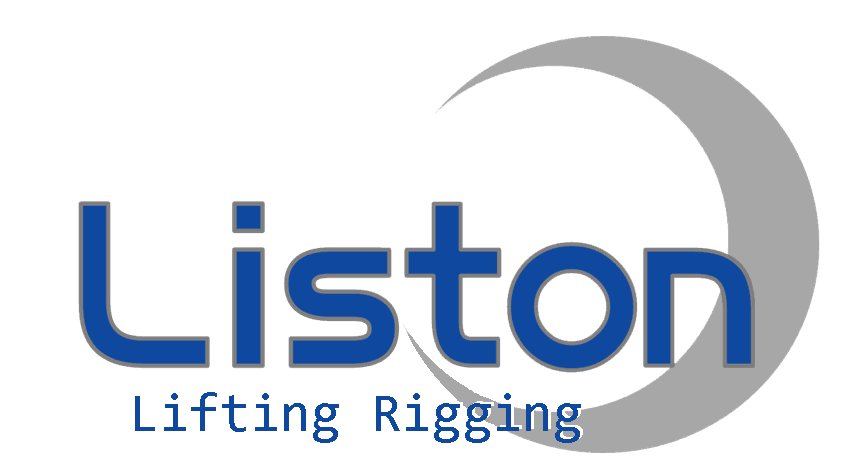Working at heights has its own risks and challenges. Whether it’s construction, maintenance, or any other task that requires a high level of work, safety should always be a top priority. Falls from heights are one of the leading causes of injuries and deaths in the workplace, so fall protection equipment is vital for anyone working in such an environment. One key piece of equipment that plays an important role in preventing falls is a retractable fall arrester.
Retractable fall arresters are an important part of a fall arrest system and are designed to prevent workers from falling during sudden drops. It is a device that allows workers to move freely when working at heights, but in the event of a sudden fall, immediately locks and stops the fall. This article will take an in-depth look at the features, benefits and best practices associated with retractable fall arresters, highlighting their importance in ensuring safety at height.
Features of telescopic fall arrester
Retractable fall arresters are designed with several key features that make them effective in preventing falls and protecting workers in elevated workplaces. Some notable features include:
1. Retractable lifeline: The retractable fall arrester is equipped with a lifeline that can automatically expand and contract as the worker moves. This feature allows freedom of movement while maintaining constant tension on the lifeline, always ready to arrest a fall.
2. Energy absorption: Many retractable fall arresters are designed with built-in energy absorption mechanisms. These mechanisms help reduce the impact of a worker's fall, thereby minimizing the risk of injury.
3. Durable casing: The casing of a retractable fall arrester is usually made of durable materials, such as aluminum or thermoplastic, to provide protection for internal components and ensure the longevity of the device.
4. Quick start: When a fall occurs, the retractable fall arrester starts quickly, locks the lifeline, and stops the faller within a short distance. This quick response is critical to preventing workers from falling to lower levels.
5. Lightweight and compact: The telescopic fall arrester is designed to be lightweight and compact, making it easy to carry and use in various working environments. This feature enhances worker mobility and comfort while wearing the device.
Advantages of retractable fall arresters
Using retractable fall arresters has several advantages that help improve the overall safety and efficiency of your fall arrest system. Some key benefits include:
1. Enhance workers’ mobility: Retractable fall arresters allow workers to move freely within designated work areas without being restricted by fixed-length lanyards. This freedom of movement increases productivity and comfort when working at height.
2. Reduce fall distance: Unlike traditional lanyards, retractable fall arresters minimize the fall distance during a fall. This feature is critical to preventing serious injuries and reducing the impact on workers’ bodies.
3. Versatility: Telescopic fall arresters are versatile and can be used in a variety of applications, including construction, maintenance, roofing and other industries involving working at heights. Their adaptability makes them valuable assets in different work environments.
4. Improved safety: Retractable fall arresters can significantly improve worker safety in elevated workplaces by quickly arresting a fall and minimizing the distance of the fall. This proactive approach to fall protection helps mitigate the risks associated with working at heights.
5. Comply with regulations: Using a retractable fall arrester ensures compliance with safety regulations and standards set by occupational health and safety agencies. Employers can demonstrate their commitment to providing a safe working environment for their employees by implementing these devices.
Best practices for using retractable fall arresters
While retractable fall arresters are effective in preventing falls, using them correctly is critical to ensuring maximum safety and performance. Employers and workers should follow best practices when using retractable fall arresters, including the following:
1. Training and Education: Workers should receive comprehensive training on the proper use of telescoping fall arresters, including how to inspect, don and doff the device. Understanding the capabilities and limitations of your equipment is critical to safe operation.
2. Regular inspections: Employers should implement a regular inspection plan for telescopic fall arresters to ensure that the equipment is in good working order. Any signs of wear, damage or malfunction should be addressed immediately and, if necessary, the equipment should be removed from service.
3. Suitable Anchorage Points: Retractable fall arresters must be attached to suitable anchorage points so that they can support the expected load in the event of a fall. Before attaching the fall arrester, the anchorage points should be inspected and certified for use.
4. Fall clearance calculation: When using retractable fall arresters, workers should know the required fall clearance distance. Understanding fall clearance ensures equipment can effectively arrest a fall without causing workers to hit the ground or a lower obstacle.
5. Rescue Procedures: If a fall accident occurs, a rescue plan should be developed to safely rescue the fallen worker. Employers should have procedures in place to provide immediate rescue and medical care if needed.
In short, the telescopic fall arrester is an indispensable tool to ensure safety at high altitudes. Their advanced features, benefits and adherence to best practices make them an essential component of fall protection systems in various industries. By incorporating retractable fall arresters into their safety protocols, employers can effectively reduce the risks associated with working at heights, ultimately creating a safer working environment for employees.

Post time: Jun-04-2024
